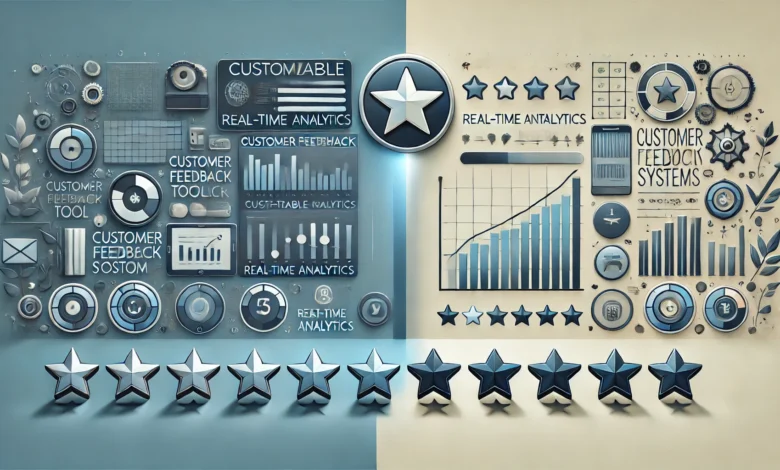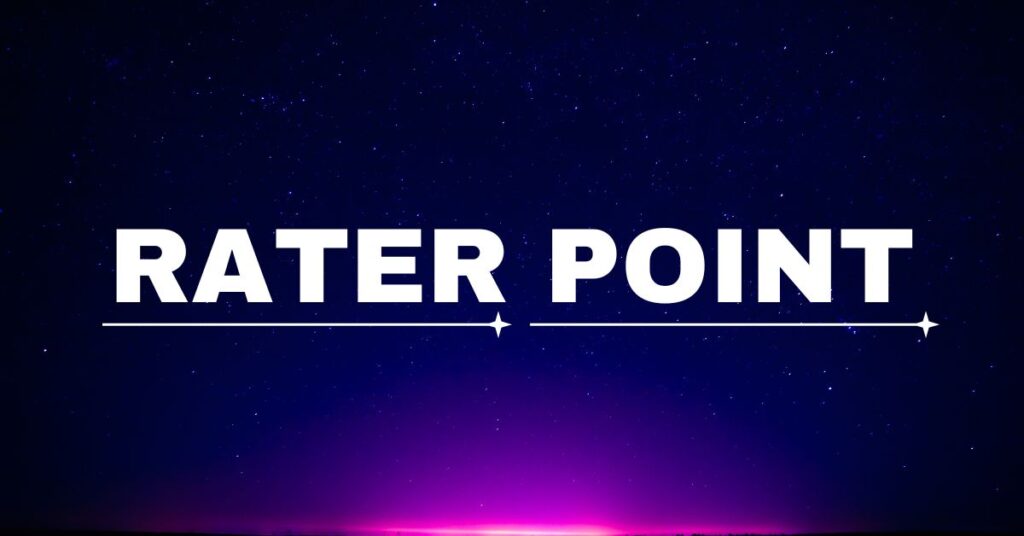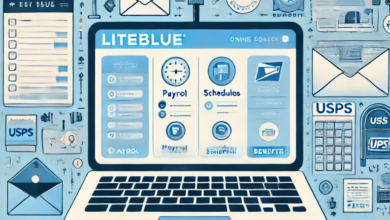RaterPoint Versus Traditional Rating Systems: A Detailed Comparison

Introduction
In the digital age, the effectiveness of feedback mechanisms is paramount for businesses looking to improve their services or products. Traditional rating systems have been the cornerstone of customer feedback for decades. However, more dynamic and precise systems like RaterPoint are emerging with the advent of sophisticated technologies. This article explores how RaterPoint compares to traditional rating systems, highlighting its advantages and potential drawbacks.
Understanding Traditional Rating Systems
Traditional rating systems typically involve scaled responses, such as 1-5 stars, to gauge customer satisfaction. These systems are straightforward and widely understood by consumers. They have been used across various industries, from hospitality to e-commerce, providing a quantitative performance measure.
Key Features of RaterPoint
CenterPoint is a modern feedback tool that builds on the foundation of traditional systems while integrating advanced features:
- Real-time Feedback: Allows businesses to receive instant feedback, enabling quicker responses to customer needs.
- Customizable Metrics: Unlike the fixed scales of traditional systems, RaterPoint offers customizable metrics, making it adaptable to specific industry needs.
- Integrated Analytics: RaterPoint has sophisticated analytics tools to decipher complex customer data and provide actionable insights.
Detailed Comparison
- Accuracy and Precision Traditional systems often lack detail, as they do not capture the nuances of customer feedback. In contrast, RaterPoint utilizes a detailed feedback mechanism that allows customers to specify their experiences precisely, leading to more accurate and actionable data.
- Scalability and Flexibility While traditional systems are generally one-size-fits-all, RaterPoint offers scalability and Flexibility, catering to businesses of all sizes and effortlessly adapting to various sectors.
- User Engagement Traditional rating systems can be passive and do not effectively engage the user. RaterPoint promotes user engagement through interactive interfaces and prompts that make the feedback process more engaging.
- Data Integration Integrating traditional feedback into business processes can take time and effort. RaterPoint simplifies this through seamless integration with existing CRM and ERP systems, facilitating better data usability.
- Cost and Implementation Implementing RaterPoint might initially be more costly than traditional systems due to its advanced features. However, the long-term ROI through improved customer insights and business intelligence can justify the initial expenditure.
Advantages of RaterPoint Over Traditional Systems

- Enhanced Customer Satisfaction: Businesses can enhance overall customer satisfaction by addressing customer concerns more effectively and promptly.
- Better Decision Making: RaterPoint’s detailed analytics enable better decision-making by enabling a deeper understanding of customer trends and behaviors.
- Increased Efficiency: Automated processes and integration capabilities lead to improved operational efficiency.
Potential Drawbacks
- Complexity: The advanced features of RaterPoint require a learning curve for both employees and customers.
- Cost: Smaller businesses might find the cost prohibitive, although the long-term benefits can outweigh these costs.
Conclusion
RaterPoint offers a robust alternative to traditional rating systems. It is equipped with the tools necessary for businesses to thrive in a competitive digital marketplace. By embracing such advanced systems, companies can stay relevant and responsive to their customer base.
FAQs
- What is RaterPoint?
- CenterPoint is a modern customer feedback tool with advanced technology that provides detailed and actionable customer insights.
- How does RaterPoint differ from traditional rating systems?
- Unlike conventional systems that use fixed scales, RaterPoint offers customizable feedback metrics and integrates real-time analytics for more precise and actionable insights.
- Is RaterPoint suitable for small businesses?
- While the initial setup and costs might be higher, RaterPoint can be highly beneficial for small businesses due to its scalability and the detailed insights it provides.
- Can RaterPoint integrate with other business systems?
- RaterPoint is designed to seamlessly integrate with existing CRM and ERP systems, enhancing data usability and operational efficiency.
- What are the main advantages of using RaterPoint?
- The main advantages include enhanced customer satisfaction through timely and effective feedback, improved decision-making from detailed analytics, and increased operational efficiency due to its integration capabilities.
You May Also Read: https://latestcryptonewz.com/quick-cash-jobs/





